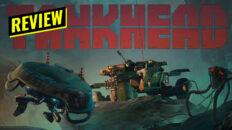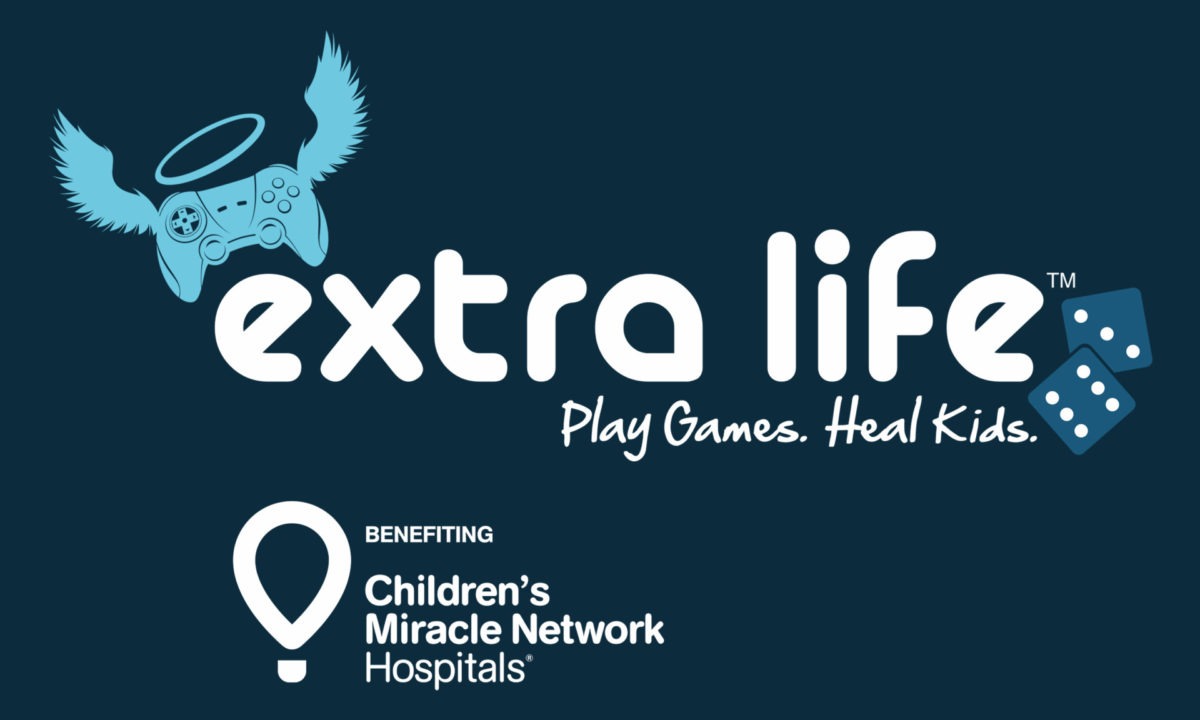Developer: Asobo Studio
Publisher: Focus Home Interactive
Reviewed on: PlayStation 4
Code Received.
A Plague Tale: Innocence follows the story of Amicia and her estranged brother Hugo as they make their way through an alternate-history version of medieval France. The land has been savaged by a plague simply called “The Bite”, which not only kills those infected, but is spread by swarms of vicious, flesh eating rats. Hot on their trail is the Inquisition, who is obsessed with capturing Hugo for his unique bloodline. Along the way Amicia must find the strength to protect her young, frail brother while also coming to terms with the horrors that have been unleashed upon the world. As well as the horrors she herself must beset on those who stand in her way.
The best aspect of A Plague Tale is the character and world building. Amicia is thrown into her role as protector of her brother, who is just a boy of about 6. Amicia herself is still a child, living a fairly well-to-do life up until it is torn apart. Despite her adolescence, she is driven by her sense of duty to protect her brother and avenge her family, and rises to the challenge. Along the way she meets an equally well developed cast of characters, both good and evil. In the end every friend lost is felt deeply and every villain slain is sweet vengeance.

It’s clear from the start that we’re dealing with the supernatural as massive swarms of rats with red glowing eyes burst from the ground like geysers. As the story unfolds the secrets of the plague, and your family’s role in it, are unraveled. Through alchemy, mind control, and blood transfusions the plague extends beyond science and those who seek to use it for power are ultimately consumed by it. It’s a testament to the writing that, despite leaning heavily into horror, sci-fi, and fantasy, that the characters still feel genuine from start to finish.
It just felt wrong for Amicia to kill without prejudice.
As you make your way along your journey, Amecia will have to deal with people who want to stop her. Soldiers of the Inquisition need to be avoided or dealt with, and this is where the bulk of the gameplay takes place. The game emphasizes stealth, allowing Amecia to hide in tall grass and provides her with an arsenal of distractions. You also get a wide variety of lethal attacks that can be used just as easily as the non-lethal ones. While there are a handful of moments that require you to kill, it should be noted that you are free to approach most encounters however you want. And while there is no morality meter, the fully realized characters go a long way to convince you to find as many non-lethal routes as possible. It just felt wrong for Amicia to kill without prejudice.

Most of the encounters are actually quite good, providing you with many different scenarios to work through. The stealth is rather easy to exploit and is slightly juxtaposed with the serious tone of the story, but it’s there and it works. The reliance on more complex, intense encounters in the final act of the game led to some frustration, however. There’s no denying that the clunkiness of the game’s mechanics can sometimes get in the way. For instance, a group of soldiers will be runing toward you and you have to use your sling to hit them in the head with rocks. Imprecision and unreliable auto-aim can betray you in these moments. This is way less of an issue when sneaking about as you have the time to line up your shots and make sure they hit. Added to this are some unfortunately placed checkpoints that sometimes make you replay long, slow story bits after failing a difficult enemy encounter.
“Amicia never questions her goals, she just knows she has to succeed.”
As terrifying as the human enemies are, the rat swarms are downright horrifying. They flow like water from cracks in the walls and holes in the floor. Your only respite from this flesh eating menace is fire. As such, many of the encounters with the rats are focused around opening up avenues through their hordes by lighting fires. Keeping an eye out for things like braziers, haystacks, and torches are key to surviving. Your arsenal also grows over time to include items to light things from afar and even extinguish fires, which can be useful when dealing with soldiers. One thing that really stood out to me was how music was used in relation to the rats. A pitched piano measure would play out whenever a person was consumed by the rats. A loud bellow would signal the formation of a rat cluster, and a musical tune triggered whenever Hugo performed his actions. It’s a wonderful use of audio cues to underline key moments, and they will stick with me for some time.

In the end, the message A Plague Tale: Innocence sends is strong and clear. Amidst the fear of a dying world, hope rests in our children. It’s no mistake that all the villains here are power hungry or fear stricken adults, and the heroes are the children who are willing to sacrifice it all for what they know is right. Amicia never questions her goals, she just knows she has to succeed. When the dust settles on the battlefields, abandoned city streets, and temples of man, it’s children that must rebuild. It’s their innocence that separates them from the follies of their forebearers, and the only thing standing in the way of repeating them.








